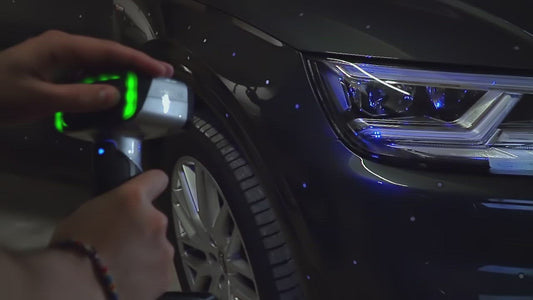Creating molds of an actor's face is a critical operation in the movie business to achieve accurate facial characteristics for makeup effects. Specialists utilize silicone face molds to construct masks that fit comfortably on an actor’s face, providing natural movements and a genuine look. The usual face-casting procedure requires the actor to be available between 30 minutes to three hours as the artist gets ready with various solutions to apply to the actor's face. Even though this process can be quite laborious, it can produce good outcomes.
With a 3D scanner, this procedure can be compressed to just minutes and it offers better resolution and precise representations compared to silicone molding - which is exciting! We recommend the EINSTAR, Einscan H2 or Einscan Pro 2X for capturing the face and body.
To get started, you'll need to equip yourself with a 3D scanner that is handheld, with a wide enough field of view for capturing objects clearly. Then, you'll need the scanner software to piece together the data and generate a mesh file that can be used. Afterward, there is a selection of 3D graphic software to edit, shape, and prep for 3D printing or other production methods.

Pixologic ZBrush is a great software for sculpting on the scan data and there are many brush formats and other tools to create the perfect face, head, or body of a person. These workflows have made an artist’s life much easier as you can sculpt in features for a nearly complete model instead of shaping it from a picture and sphere.
Wrap3D or Russian3DScanner is another great software for creating a perfect re-topologized mesh that fixes missing data for the head, ears, or other parts of the face and body. These tools pair well with downstream animation software or for 3D printing accurate solid models.
Once you have a model that you are satisfied with then, it could be time to colorize it with Adobe Substance Painter or prepare it for a 3D printer with your printer’s slicer program.
Thank you for reading our blogpost. If you are interested to learn more about the products mentioned in the article, please follow the links below:
1. Einscan H2
3. EINSTAR






